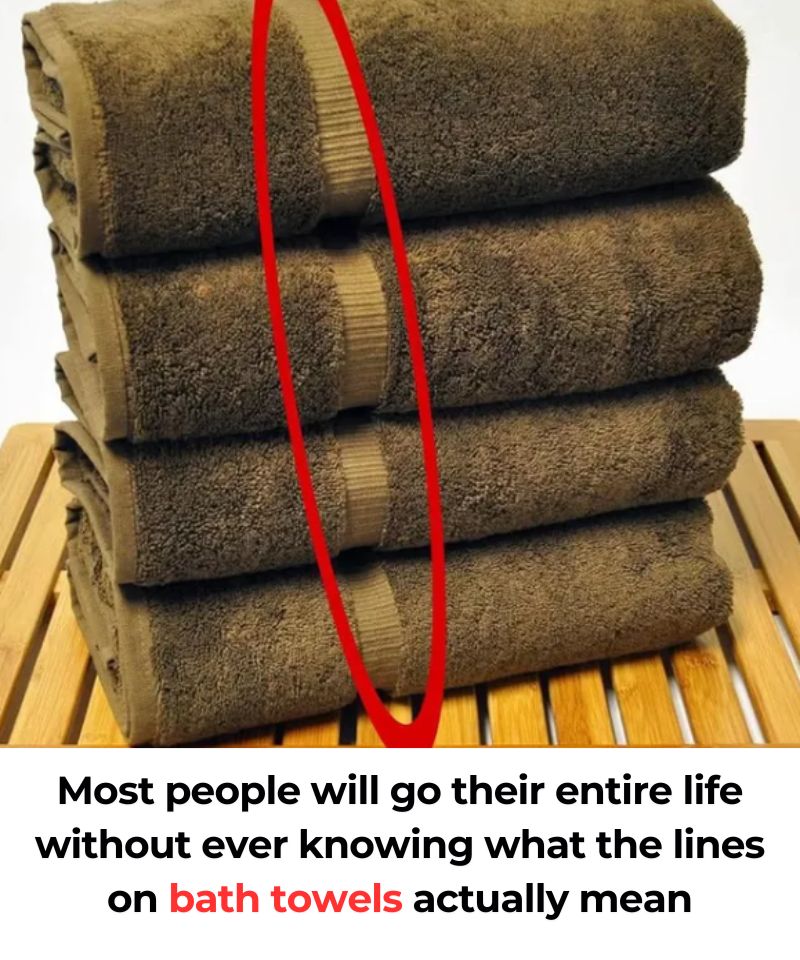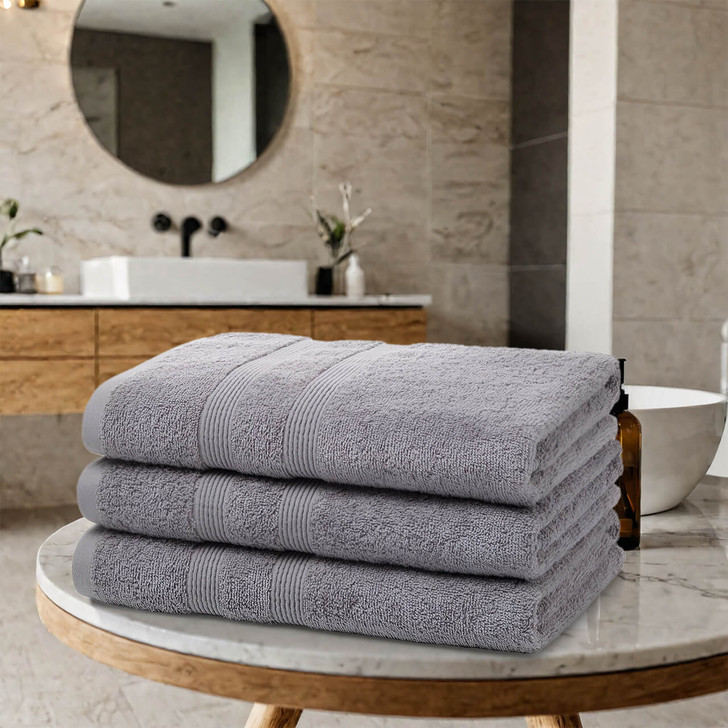
Bath towels are a common fixture in every home, yet few people take the time to notice the finer aspects of their design. One such feature is the series of lines or bands that often run across the surface of these towels. Though they may seem like simple decorative touches, these lines actually serve important functions that contribute to both the performance and lifespan of the towel. Gaining insight into their purpose can deepen our appreciation for the thoughtfulness that goes into towel design.
What the Lines on Bath Towels Really Do
The lines you see on bath towels aren’t there by accident or just for visual appeal. They’re typically the result of specific weaving methods with practical benefits. These lines help improve water absorption, reinforce the towel’s overall structure, and enhance the user’s experience through added texture. When you take a closer look, you’ll discover how much engineering goes into making this everyday item so effective.
Why Towels Have Lines: More Than Meets the Eye
One of the key reasons for these lines is to boost absorbency. The woven patterns used to create the lines increase the surface area of the towel, making it more effective at soaking up moisture. These same patterns can also help the towel dry faster by promoting airflow through subtle channels in the fabric. In addition, the lines can serve as visual guides that make it easier to fold or hang the towel evenly, helping maintain its shape and look over time.

The Importance of Tread Lines in Towel Durability
Tread lines—those slightly raised or textured stripes—play an important role in how long a towel lasts. They’re woven into the fabric using special techniques that reinforce its strength, making the towel more resistant to fraying or warping after frequent washing. These lines also help preserve the plushness and structure of the towel, allowing it to stay thick and soft even after heavy use.
How the Dobby Weave Helps Towels Hold Their Shape
Many of the lines you see on bath towels come from a weaving method known as the dobby weave, which uses small, repeated geometric patterns. This technique not only adds visual interest but also enhances the towel’s stability. The dobby weave forms a tight, durable fabric that’s less likely to stretch out or lose shape over time, helping the towel retain its form after many wash cycles.
Dobby Borders: Strength in Style
Those solid bands along the edges of your towel, known as dobby borders, aren’t just for show. They are tightly woven sections designed to strengthen the edges of the towel, preventing unraveling or fraying. While they add a decorative element, these borders serve the practical purpose of framing the towel and increasing its overall structural integrity.
Final Thoughts: Towels Are More Thoughtful Than They Appear
What may seem like simple stripes or design elements on a bath towel are actually the result of precise craftsmanship. These lines contribute to how well the towel absorbs water, how long it lasts, and how good it feels to use. By understanding their function, you can gain a new level of respect for the design choices behind a product you likely use every day. So next time you reach for a towel, pause to consider the detail and engineering woven into every thread.

















